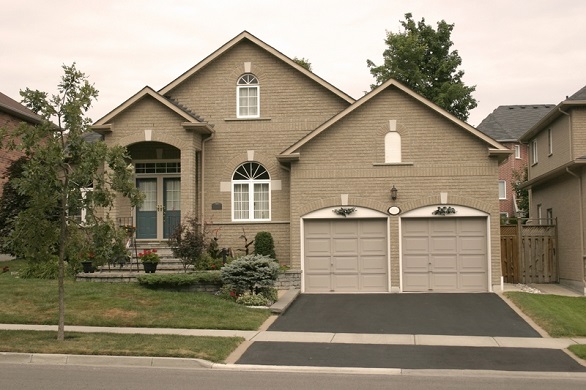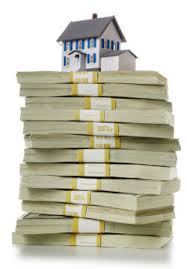PERSPECTIVES
original post Feb 10/2011 MyBindi.com

RRSP Loan Strategy for Down Payment on Home

Both are working drawing average pay scales of say $47,000 each, which puts them in the 31.15% tax bracket in Ontario. Melrose has RRSPs worth $5,000 and David has RRSPs worth $4,000 for a total of $9,000, but between the two they still have contribution room worth $45,000.
They wish to buy a home worth $400,000 with a 5% down payment, or $20,000, and the bank or mortgage agent has already given them the pre-approval, whereby they will have to pay about $1,860 for a 25 year amortization on $380,000($400,000- $20,000). As noted, they have $9,000 in RRSPs from past years but do not have the requisite amount of $11,000 to put into an RRSP now so that they can withdraw it 90 days later to use as down payment.
Enter the RRSP loan available from several lenders. What they can do is take an RRSP loan for $11,000 and choose to pay it over a period of ten years. The monthly payment for this is approximately $120 or $60 per person based on a loan rate of prime +2.75% or 5.75% currently. This is a very affordable monthly payment for a person making $47,000 per year. By paying such a low sum for the RRSP loan, they will also have ample money to cover their mortgage.

At this stage of the game, where the couple is looking to buy a home using the RRSP as down payment within the next few months, it is best to invest the $11,000 they have obtained through a loan into money market funds or a 90 day GIC so as to preserve the capital.
Once the obligatory period of 90 days is over (say by sometime in April or May if they take the loan now in January or February), the couple can withdraw this $11,000 (even if the loan has not been paid off) from their RRSP and add it to the $9,000 they already have for a total of $20,000 down payment on their home.
All this money is available to both David and Melrose tax and interest free in accordance with the government’s first time HBP.
It is important to stress here that after the RRSP funds of $11,000 are withdrawn, the couple is obligated to continue paying at least the minimum of $120 per month to pay off the RRSP loan. They can of course choose to pay it off sooner as well with no penalty.
Another extremely important added benefit to this strategy is that David and Melrose can deduct this $11,000 from their income and get 31.15% back in tax returns when they file their taxes in April. This is a total of $3,426.50 dollars which they will get back from the government in May that can be used towards the closing costs of their home, when they move in June or July (or later, as the case may be).
This is an extremely lucrative strategy, which not only helps David and Melrose to get the extra money needed for their down payment, but also generates a tax refund that they can use towards their closing costs or to buy furniture or whatever else they may choose to do with it.